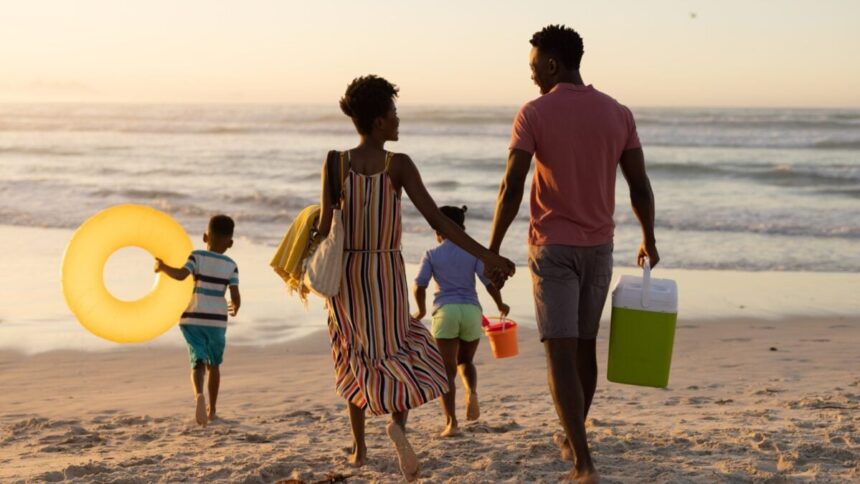Millions of Americans heading to the shore for the holiday weekend are encountering warning signs instead of waves.
From New England to California, public health officials have flagged dozens of beaches for high levels of fecal bacteria, urging swimmers to stay out of the water.
The advisories, affecting coastal stretches in Massachusetts, New York, California and even Hawaii, cite unsafe concentrations of E. coli and enterococci, bacteria linked to sewage and storm runoff. Exposure can cause stomach illness, skin rashes and ear infections, officials warn.
The problem is not new.
A recent Environment America report found that 61% of U.S. beaches recorded at least one day of unsafe bacterial levels last year, with hundreds exceeding safe thresholds on a quarter of the days they were tested. Aging sewage systems, heavy rains and rapid coastal development continue to strain water quality.
Local authorities recommend avoiding swimming for at least 72 hours after storms, when runoff is most severe. Children, older adults, and people with weakened immune systems face the greatest risk of illness.
The closures underscore a national challenge: protecting recreational waters while balancing public demand. Health experts say without significant investment in infrastructure, the cycle of advisories and closures is unlikely to end.
So what beaches are closed?
-
Northeast & East Coast:
-
Keyes Memorial Beach in Hyannis, Massachusetts (Cape Cod) is closed for public safety.
-
Benjamin’s Beach, Bay Shore, New York, on Long Island has also been shut down.
-
Beaches along the coast from Crystal River, Florida, to Ogunquit, Maine are under advisories due to risk of waterborne illness.
-
-
Mid-Atlantic:
-
In North Carolina, five beaches have posted warnings following elevated bacteria readings, though no full closures have been confirmed.
-
-
South & Gulf Coast:
-
McFaddin Beach (part of McFaddin National Wildlife Refuge) near Sabine Pass, Texas, remains under a bacteria advisory after testing revealed Enterococcus levels above safe EPA thresholds.
-
-
West Coast & Pacific:
-
Portions of Imperial Beach in the San Diego area have restrictions in place. Other Southern California beaches such as Silver Strand, Coronado, Topanga Beach, Manhattan Beach, Hermosa Beach, Redondo Beach, and Santa Monica are also under advisories or partial closure.
-
In Hawaii, Kahaluu Beach Park has reported elevated bacteria levels, prompting a health alert.
-
Just another summer closure
This isn’t the first time summer has ended on a note of caution.
During the Fourth of July holiday earlier this year, numerous beaches were already shut down amid similar fears of E. coli and enterococci contamination.
Over the past two years, beach closures due to water contamination have been frequent, particularly around major holiday weekends and during periods of heavy rainfall or environmental stress.
How to stay safe during a beach contamination
Health officials advise skipping the surf for at least 72 hours following heavy rainfall, when contaminants are at their most concentrated. It’s also wise to avoid water that looks cloudy, discolored, or has an overly strong odor. Those most at risk include children, the elderly, and individuals with compromised immune systems.
Read the full article here












